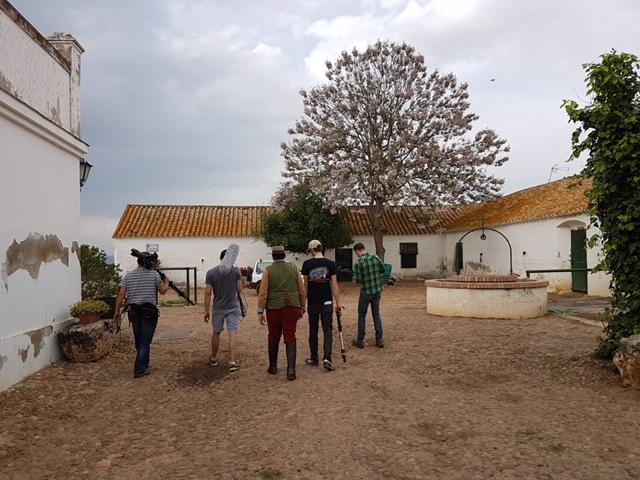In the spring of 1915, Sorolla was already on his third, and final, trip to the Andalusian capital as part of the Vision of Spain series. Having already painted the Easter processions in the 'Holy Week Penitents' as well as a more rural scene of horseman driving fighting bulls in the surrounding countryside in 'The Round-up', both in 1914, the artist was back in Seville to paint another two canvases, this time to depict a more cultural side to Spain in the form of Flamenco and Bullfighting. 100 years later and now here I was immersing myself in these two titans of Spanish identity. Was it all just a gimmicky, soulless and plastic facade designed to perpetuate the stereotypes and myths of a Spain viewed from the outside (and to generate more than a few tourist euros) or was there something more real, more tangible, to be grasped onto here? I needed to find out more and headed straight to Sevilla's bullring, 'La Maestranza'.
La Maestranza is widely considered to be the most important bullring in the world and certainly its oldest. The bullfighting season traditionally begins here on Easter day and the daily fights over the next week would form the first major event in the tauromachia calendar. I had a ticket for the following day's event but I wanted to get a feel for the place; I circled the building and then installed myself at the back entrance, otherwise known as 'puerta 16'. Barriers had been placed either side of it and I squeezed my way to the front. The Policía local were there to act as bodyguards and every now and then the thick red wooden gates opened and an important looking person would be allowed to enter. Stood as I was right next to these gates I was given a tantalizing glimpse into the backstage world of bullfighting.

























































